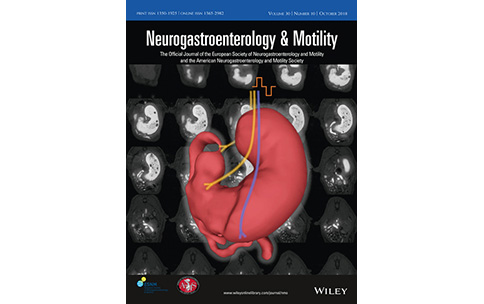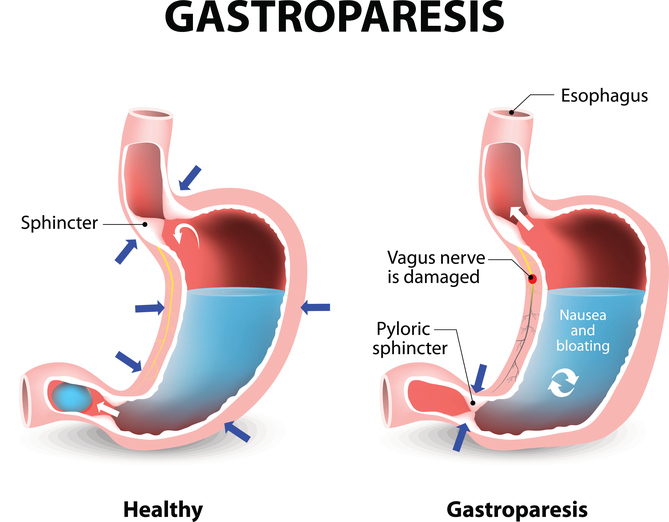
The gut, or gastrointestinal tract, is an organ system responsible for the digestion of food. Several human diseases and conditions, including gastroparesis, obesity, and reflux disease, are associated with impaired regulation of gut function. Along with pharmaceutical, surgical, and dietary interventions, which are not always successful in treating these disorders, researchers have begun to explore electrical stimulation of the vagus nerve to precisely control gastrointestinal function. For this treatment strategy to work, scientists must understand the function of vagal nerve signals carried between the central nervous system and the gut.
 A SPARC program-funded research team at Purdue University is studying the effect of vagus nerve stimulation on emptying the stomach as food moves into the small intestine (gastric emptying) in rats. They observe the process of gastric emptying using a technique called Magnetic Resonance Imaging (MRI). They found that selective electrical stimulation of the vagus nerve significantly increased gastric emptying through relaxation of the pyloric sphincter, a valve-like band of muscle that separates the stomach from the small intestine, which allows movement of food out of the stomach. These findings suggest that electrical stimulation of the vagus nerve could be used to improve gut function to treat gastric emptying disorders like gastroparesis. In addition, their MRI protocol describes a new non-invasive method to assess the effectiveness of many different types of therapies on gastrointestinal function.
A SPARC program-funded research team at Purdue University is studying the effect of vagus nerve stimulation on emptying the stomach as food moves into the small intestine (gastric emptying) in rats. They observe the process of gastric emptying using a technique called Magnetic Resonance Imaging (MRI). They found that selective electrical stimulation of the vagus nerve significantly increased gastric emptying through relaxation of the pyloric sphincter, a valve-like band of muscle that separates the stomach from the small intestine, which allows movement of food out of the stomach. These findings suggest that electrical stimulation of the vagus nerve could be used to improve gut function to treat gastric emptying disorders like gastroparesis. In addition, their MRI protocol describes a new non-invasive method to assess the effectiveness of many different types of therapies on gastrointestinal function.
Reference
- Vagus nerve stimulation promotes gastric emptying by increasing pyloric opening measured with magnetic resonance imaging. Lu KH, Cao J, Oleson S, Ward MP, Phillips RJ, Powley TL, and Liu Z. October 2018. Wiley Publishers: Neurogastroenterology & Motility. e13380.
In the News
- MRI tool watches how electrical stimulation could cure digestive disorders , Purdue University News


